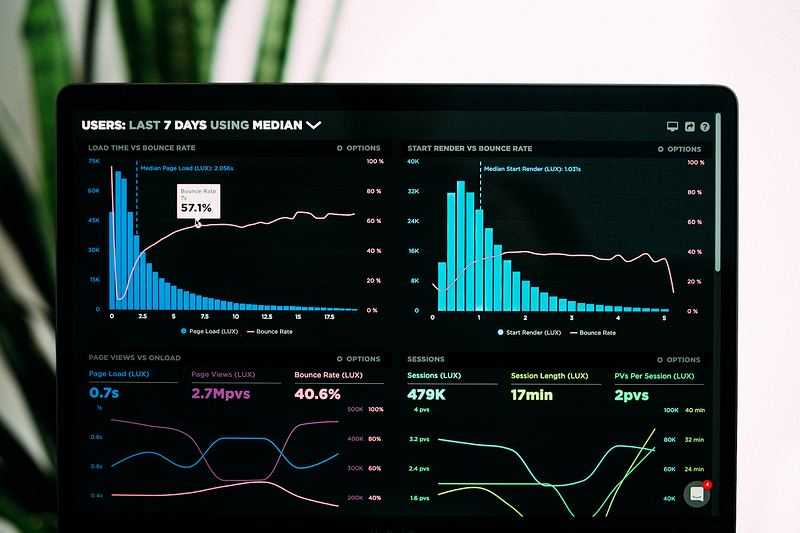Projects are like a row of hills. They go up, then down, then back up again — hopefully ending on an up rather than a down.
Regardless, the trajectory of a project depends primarily on how well you prepare for it.
As Benjamin Franklin himself said: ‘By failing to prepare, you are preparing to fail.” Admittedly, it seems an unlikely prospect that Mr. Franklin was talking about project management, but he could not be more right!
A project management plan is an excellent way to prepare for a project and ensure it follows the intended path. By ensuring your project management plan is an effective one, you are setting your project up for a much higher chance of success.
Take the time to properly prepare, and you can avoid many of the common pitfalls that lead to projects going off-track.
In this article, we’ll give you some essential tips for creating an effective project management plan, as well as going through its many benefits and looking at an example plan to illustrate the concept better.
By the end, you’ll know how to create a document that will serve as a valuable roadmap for your project — which is a priceless asset for any company.
What is a Project Management Plan?
A project management plan is a living document that outlines the key details of a project. It is used to communicate the project’s goals, timeline, and deliverables to all stakeholders — including the project manager, team members, clients, and upper management.
The project management plan should be created at the beginning of the project, and updated as needed throughout its lifecycle. It should be a fluid document that evolves along with the project.
A well-written project management plan will help to keep the project on track and ensure its successful completion. It should be clear, concise, and easy to understand, with all relevant information included.

5 Benefits Of A Project Management Plan
There are many benefits to creating a project management plan. Let’s discuss 5 of the biggest pros of doing so:
1. Provides a Roadmap for the Project
Perhaps the most obvious is that it helps to keep the project on track by providing a clear roadmap for its execution.
By outlining details regarding the project, the manager can ensure that everyone involved is aware of what needs to be done and when it needs to be done.
2. Avoid Scope Creep
Another benefit of a project management plan is that it can help to avoid scope creep.
Scope creep is the tendency for a project’s scope to gradually increase over time, as new features and requirements are added. This can lead to the project taking longer than expected and going over budget.
A project management plan can help to avoid scope creep by outlining the project’s scope from the outset. This will give the project manager and team a clear understanding of the work to be completed, and the work that remains outside the scope of the project.
Any changes to the scope should be documented and approved by all stakeholders before being implemented.
3. Improves Communication Between all Stakeholders
By outlining the project’s goals and deliverable work, everyone involved will have a clear understanding of what is expected of them.
This can help to avoid misunderstandings and miscommunication, which can often lead to projects going off-track.
4. Serves as a Reference Point
The project management plan can also serve as a valuable reference point throughout the project.
Anytime there is a question about what needs to be done or when it needs to be done, the project manager can refer back to the plan. This can help to keep the project on track and avoid any delays.

Key Components of a Project Management Plan
Now that we’ve gone over the many benefits of a project management plan, let’s take a look at how to create an effective one. There are several key components that should be included in every project management plan:
Project Overview
- Provides a high-level overview of the project, including its purpose, goal, and objectives.
- It should also include a brief description of the project’s scope and timeline.
Stakeholder Management
- Identifies all project stakeholders and their roles and responsibilities.
- Outlines the communication plan to keep all stakeholders updated on the project’s progress.
Risk Management
- Identifies all potential risks to the project and relays strategies to mitigate them.
- Includes a contingency plan for dealing with risks that cannot be avoided.
Resource Management
- Shows all project resources and how they will be used.
- Provides a plan for procurement and allocation of resources.
Scope Management
- Defines the project’s scope and objectives, as well as outlining any deliverables that will be produced.
- Change management plan is also included in order to deal with scope changes.
Schedule Management
- Outlines the project timeline and identifies all milestones and deliverables.
- Should also include a plan for tracking progress and ensuring the project stays on schedule.
Budget Management
- Includes project budget to identifies all cost sources.
- Plan is included for tracking expenses which plays a crucial part in ensuring the project stays within budget.
Quality Management
- Defines the project’s quality standards and identify any quality risks.
- Plan to ensure the project meets all quality standards.

Project Management Planning Tools
There are a number of different project management planning tools available, which can be used to create an effective project management plan. These tools can be used to create a variety of different types of plans, depending on the needs of the project.
Some common project management planning tools include:
- Gantt charts — these charts are used to visualize the project timeline, and can be used to create a detailed schedule of tasks and milestones.
- Work breakdown structures — these diagrams are used to break down the project into smaller, more manageable parts. They can be used to create a clear overview of the project, and identify any potential risks or problems.
- Milestone charts — these charts are used to track the progress of the project, and ensure all milestones are met.
- Risk management plans — these plans are used to identify and mitigate any risks associated with the project.

Sample Project Management Plan
Below is an example project management plan for a hypothetical project. This should give you a good idea of what a project management plan looks like and what information it should include.
Let’s assume we are looking at a project where we have to design and launch two websites for two different clients. The skeleton of the project plan is as follows:
1. Project name
- Launch new website
2. Project manager
- John Smith
3. Team members
- John Smith
- Jane Doe
- Joe Bloggs
4. Clients
- Acme Corporation
- XYZ Inc.
5. Project goals
- To launch a new website for Acme Corporation by the end of Q3.
- To launch a new website for XYZ Inc. by the end of Q4
6. Project timeline
- July 1st: Project kickoff meeting
- July 8th: Begin development of new website for Acme Corporation
- August 31st: Launch new website for Acme Corporation
- September 1st: Begin development of new website for XYZ Inc.
- October 31st: Launch new website for XYZ Inc.
7. Deliverables
- A new website for Acme Corporation that meets their specifications.
- A new website for XYZ Inc. that meets their specifications.

Top Tips For Creating An Effective Project Management Plan
Now that you know what a project management plan is and what it should include, let’s take a look at some tips for creating an effective one.
1. Keep it Simple
Your project management plan does not need to be overly complicated or detailed. In fact, it’s often better to keep it simple.
The goal is to communicate the key details of the project in a way that is easy to understand. Use clear and concise language, and avoid technical jargon where possible.
2. Be Realistic
It’s important to be realistic when creating your project management plan. Don’t set unrealistic goals or timelines, as this will only set you up for disappointment.
Be realistic about what can be achieved, and make sure your team is on board with your plans.
3. Include all Relevant Information
Make sure to include all relevant information in your project management plan.
This includes the project’s goals, timeline, deliverables, and any other important details. If there are any risks or potential problems, be sure to include them as well.
4. Get Input from all Stakeholders
Before finalizing your project management plan, be sure to get input from all stakeholders.
This includes the project manager, team members, clients, and upper management. Collaborate with them and obtain their feedback as best as possible. It will help to ensure your plan is realistic and achievable.

The Bottom Line
Project management plans are a crucial part of ensuring your project progresses smoothly throughout its entire lifecycle. In this article, we covered best practices to making an effective project management plan, went through an example of one, and also understood its benefits.
If you’re going to start a project imminently, have a browse over this article to understand how to construct an effective project management plan.
Best of luck with your project!
